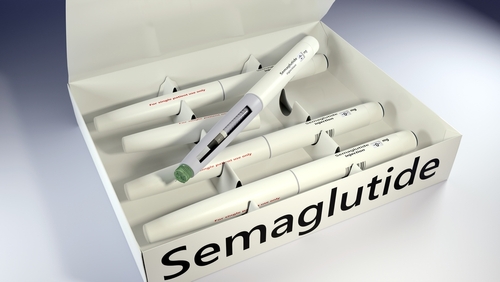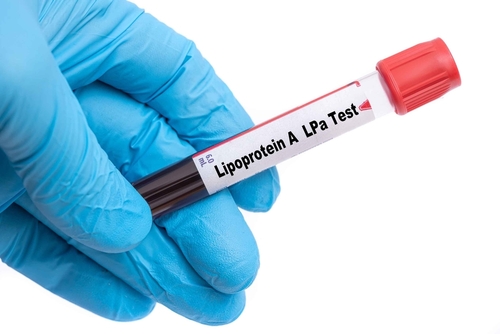
In a recent study, published in Sleep Medicine, researchers described the temporal distribution of sleep onset REM periods (SOREMP) and associated sleep stages in patients with narcolepsy type 1 and other hypersomnias. The authors noted that diagnostic criteria for narcolepsy assigns the same value to every SOREMP; however, recent evidence has suggested that time of SOREMP and preceding sleep stage could be relevant in diagnoses.
The study’s lead author, Gerard Mayà, reported the two different types of SOREMP in the Multiple Sleep Latency Test (MSLT), Wake/N1 (W/N1) and N2-SOREMP, showed specific temporal distributions in patients with narcolepsy type 1. In addition, 4 or more SOREMPs, 2 or more W/N1-SOREMPs, and 4th-nap W/N1-SOREMPs were only observed in narcolepsy compared with other hypersomnias.
SOREMPs Show Unique Time Distribution in Narcolepsy
Researchers reviewed 5-nap MSLTs and previous night polysomnogram results from 83 adult patients with untreated hypersomnolence and 1 or more observed SOREMPs. The primary analyses was time of appearance of W/N1- and N2-SOREMPs and N3 sleep presence.
Among the patients, 39 had narcolepsy type 1 and 44 had other hypersomnias, and there were 183 (78%) and 83 (31%) SOREMPs in the narcolepsy type 1 and other hypersomnia groups, respectively. Authors noted 67% of SOREMPs in narcolepsy type 1 appeared in W/N1 time periods and 20% appeared from wake in other hypersomnias (P<.001).
Of note, the majority of patients (94%) who had 2 or more W/N1-SOREMPs had narcolepsy type 1, providing a specificity of 95% and sensitivity of 82% for identifying patients with this diagnosis.
Likewise, patients with narcolepsy type 1 had a decrease in W/N1-SOREMPs throughout the day from 79% in the 1st nap to 33% in the preceding night (P<.001), while those with other hypersomnias did not have this decrease.
Authors noted N3 sleep presence in the 5th nap only occurred after a SOREMP, and was more prominent in narcolepsy type 1 versus other hypersomnias (28% vs 7%; P=.009). N2-SOREMPs did not change.
Ultimately, Mayà and colleagues suggested “measuring the sleep stage sequence and temporal distribution of SOREMP helps to identify patients with narcolepsy in the MSLT.”
Related: Irregular and Poor-Quality Sleep Linked to Worse Mental Health in Older Women







 © 2025 Mashup Media, LLC, a Formedics Property. All Rights Reserved.
© 2025 Mashup Media, LLC, a Formedics Property. All Rights Reserved.